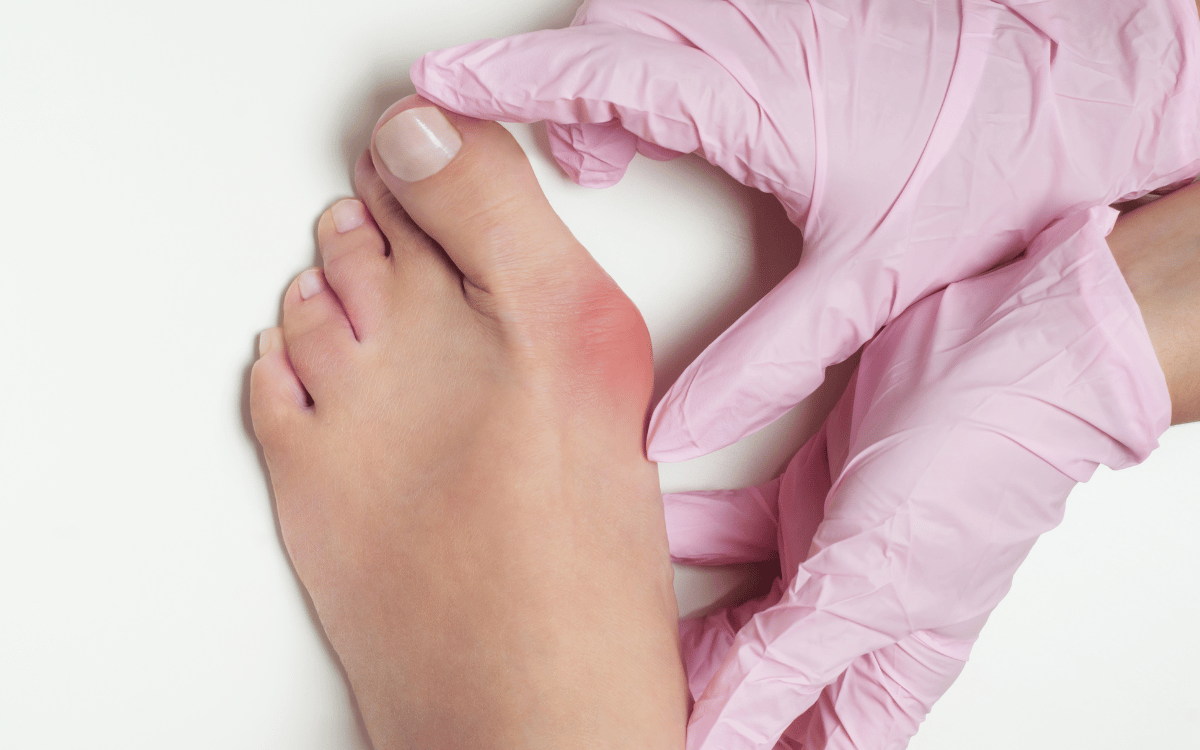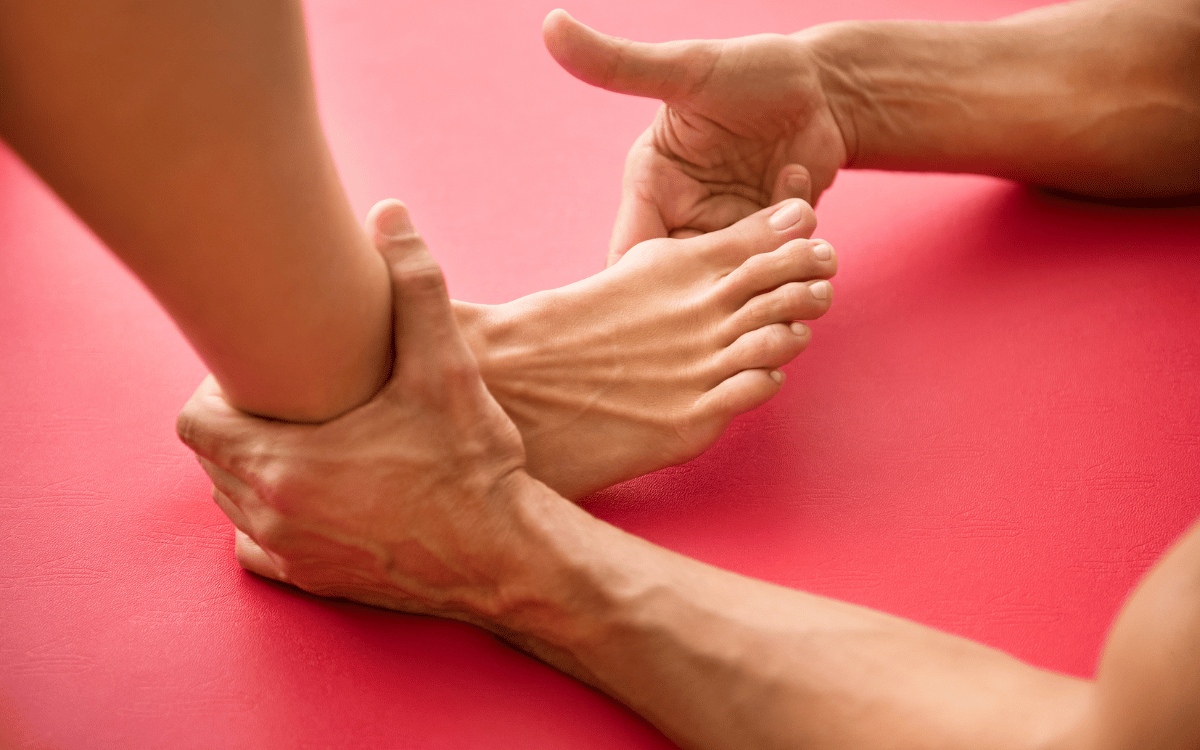Understanding Heel Pain: Causes and Symptoms
Heel pain can arise from various causes, including plantar fasciitis, Achilles tendinitis, and heel spurs. These conditions often manifest as sharp pain, particularly during the first steps in the morning or after prolonged periods of sitting. Understanding the underlying causes is crucial for effective treatment and management.
For instance, plantar fasciitis is characterized by inflammation of the plantar fascia, a thick band of tissue that runs across the bottom of the foot. Symptoms typically include a stabbing pain near the heel, especially noticeable when walking or standing. Identifying these symptoms early can lead to quicker relief and recovery.
Treatment Options for Heel Pain
When dealing with heel pain, several treatment options are available, ranging from conservative methods to more advanced interventions. Common approaches include physical therapy, orthotics, and anti-inflammatory medications, which aim to reduce pain and inflammation.
For example, foot mobilisation therapy, as discussed in Daniel Fitzpatrick's video, focuses on improving foot function and alleviating pain through specific exercises and manual techniques. Patients often report significant improvements in mobility and comfort after undergoing such treatments.
Preventing Heel Pain: Tips and Exercises
Preventing heel pain involves adopting proper footwear, maintaining a healthy weight, and incorporating specific exercises into your routine. Wearing supportive shoes that provide adequate cushioning can significantly reduce the risk of developing heel problems.
Additionally, stretching exercises targeting the calf muscles and plantar fascia can enhance flexibility and strength, ultimately preventing injuries. Simple exercises like calf raises and toe stretches can be performed daily to maintain foot health and reduce the likelihood of heel pain.
When to Seek Professional Help
Knowing when to seek professional help for heel pain is essential for effective management. If heel pain persists despite home treatment, or if it significantly impacts daily activities, it is advisable to consult a podiatrist for a comprehensive evaluation.
Professional assessment may include physical examinations, imaging tests, and personalized treatment plans tailored to the specific condition. Early intervention can prevent complications and lead to a more efficient recovery process, ensuring you return to your normal activities as soon as possible.



